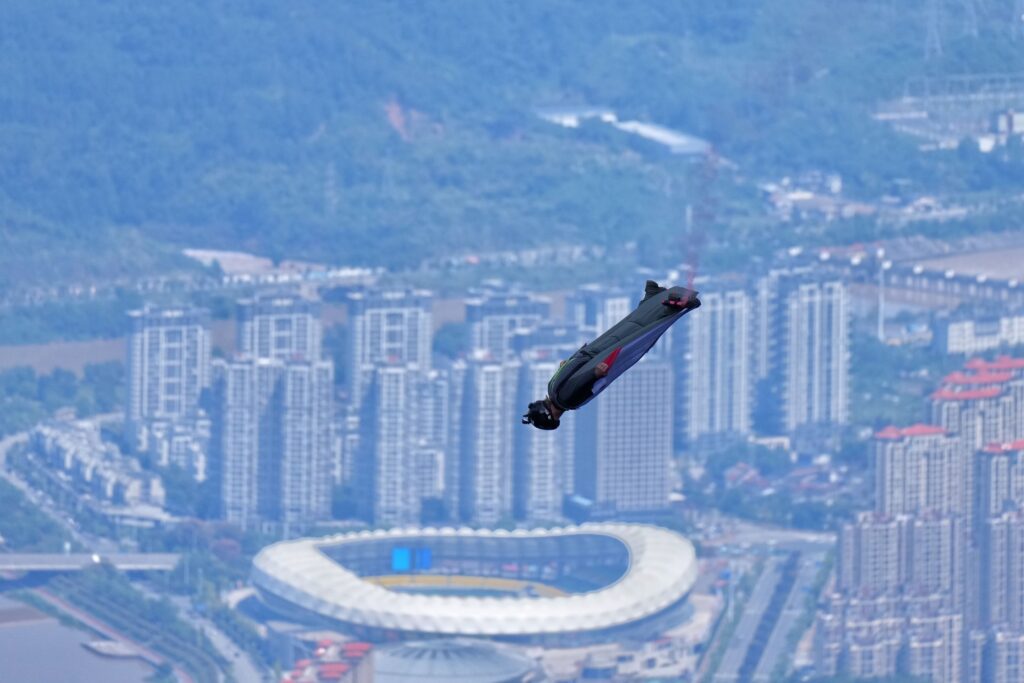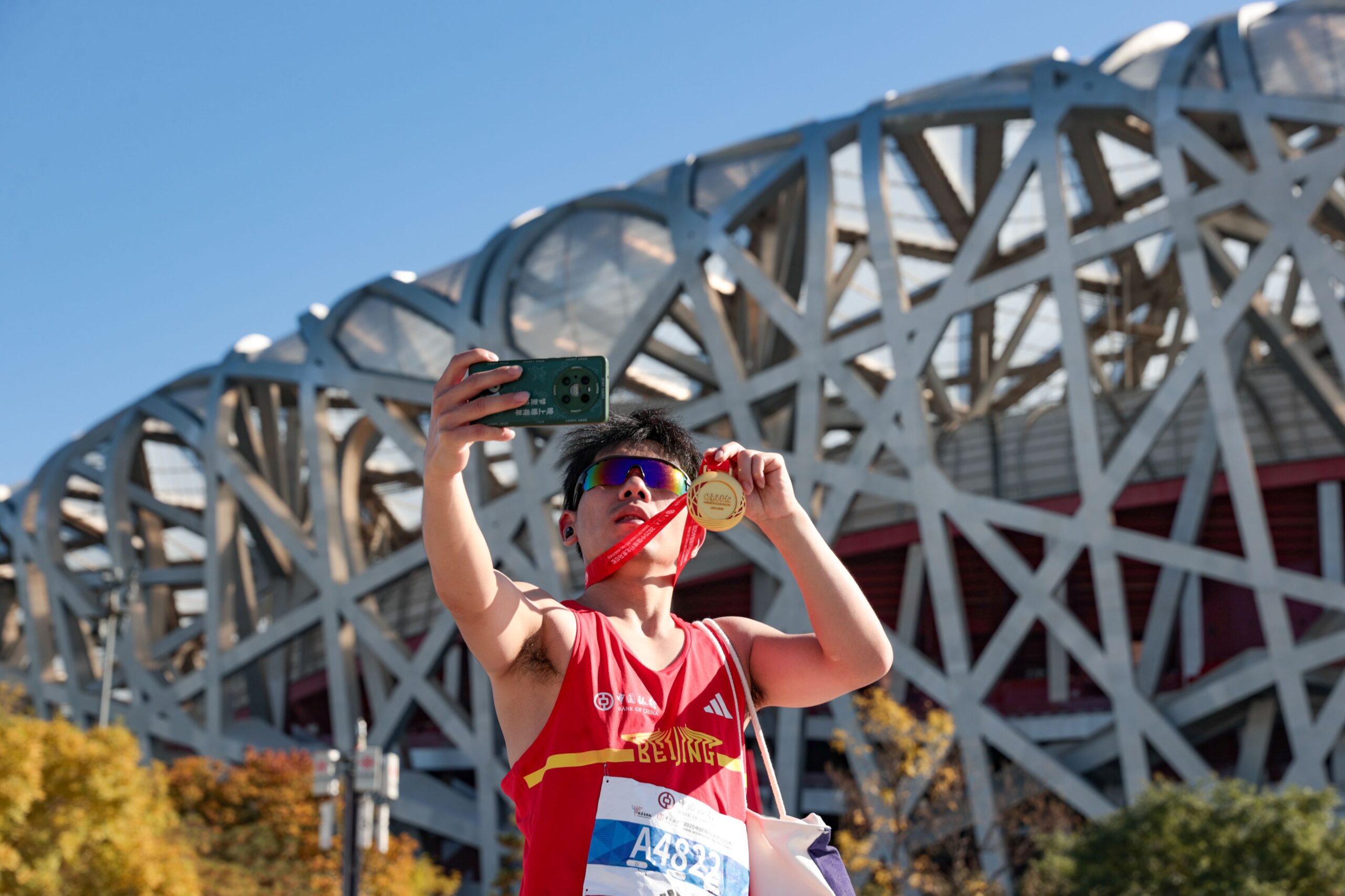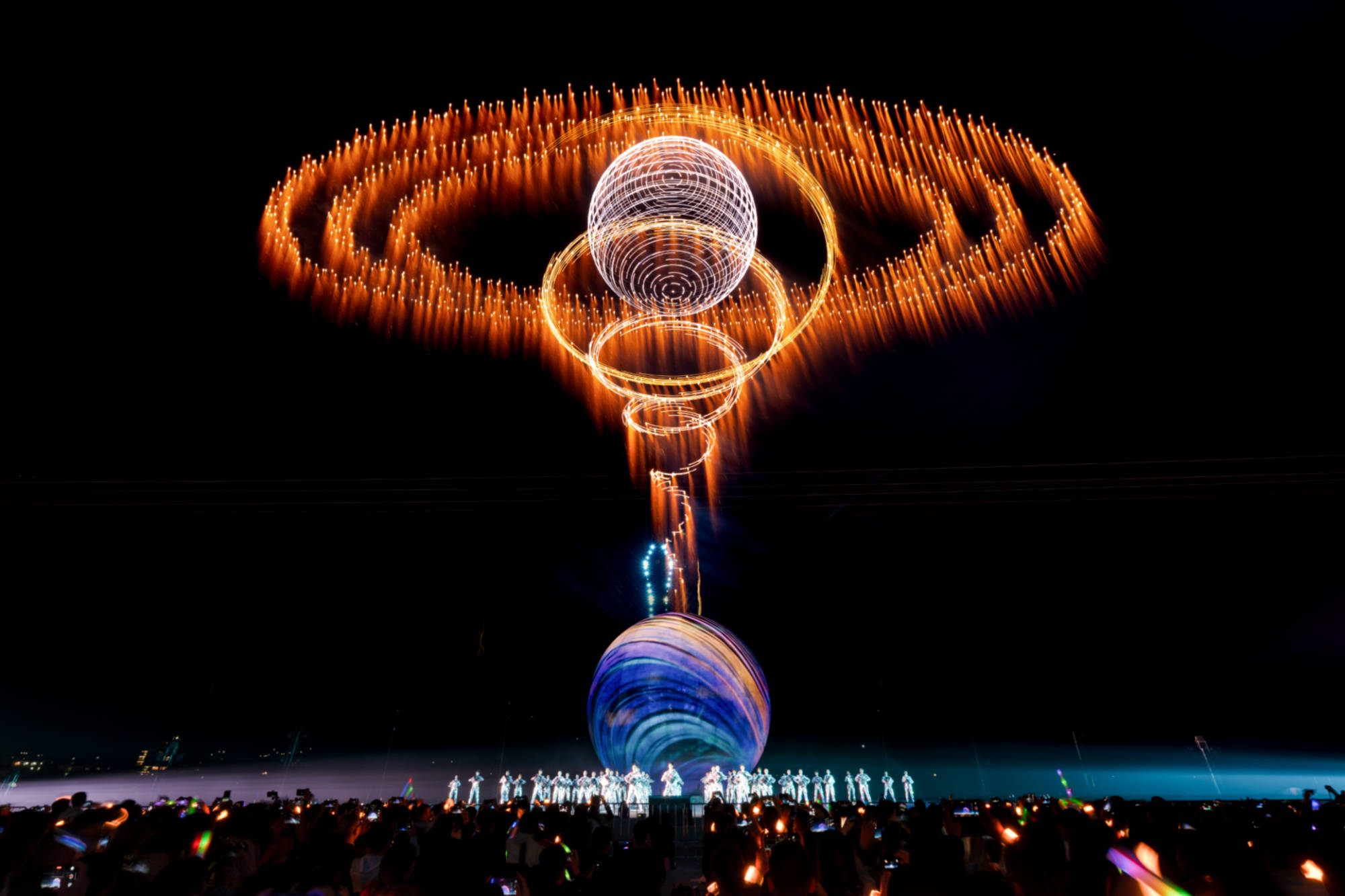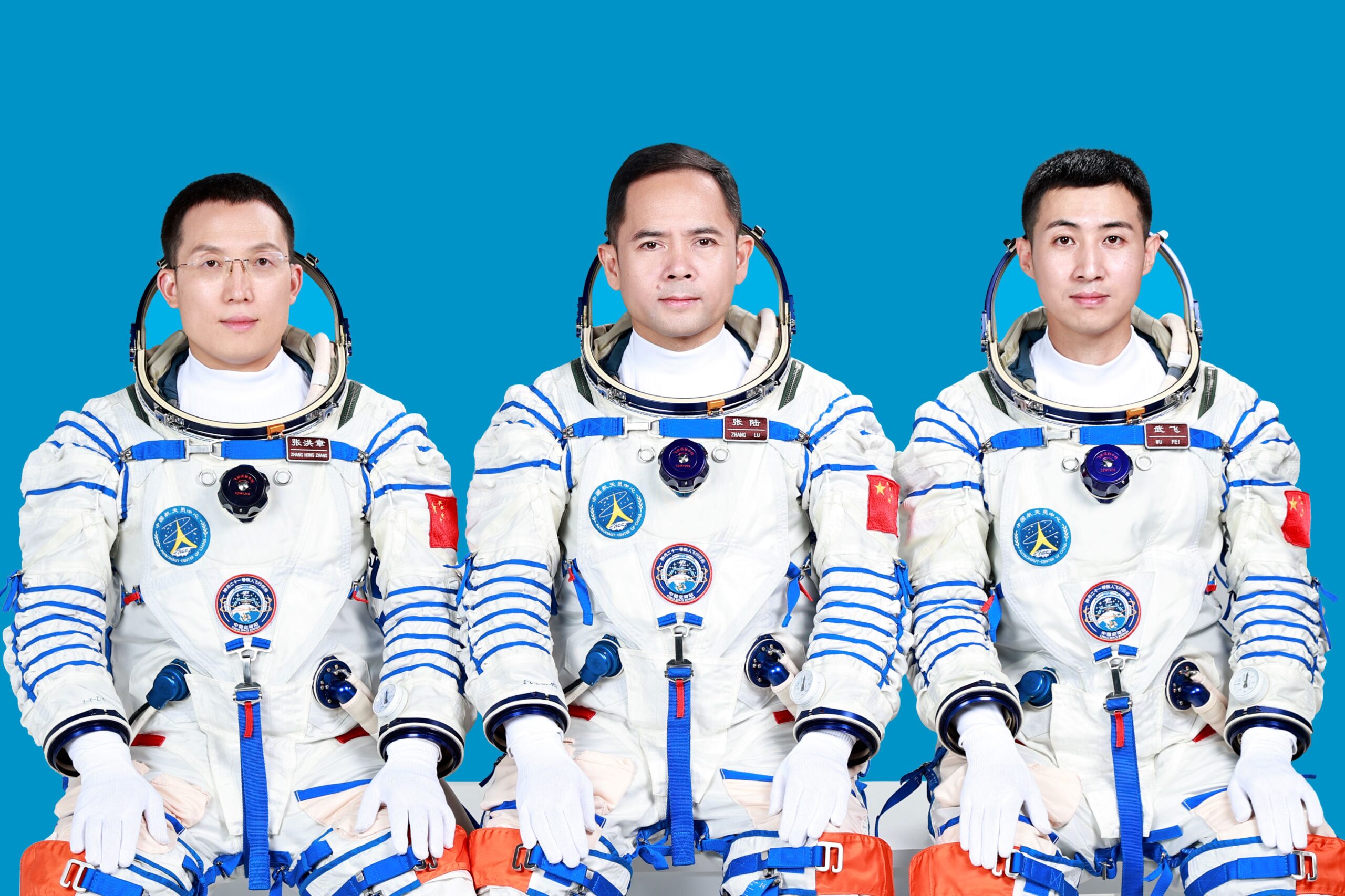Elite wingsuit athletes from nine countries compete at Tianmen Mountain, China, in thrilling low-altitude flights.
The 11th World Wingsuit League (WWL) Championship opened on September 16 at Tianmen Mountain in Zhangjiajie, Hunan Province.
Global Athletes Take the Stage
This year’s event brought together 16 top athletes from nine countries and regions, including Australia, the United States, France, Switzerland, Austria, Norway, Poland, South Africa, and China.
Competitors leapt from Yuhu Peak, beside the famous Tianmen Cave, at an altitude of 1,458 meters. After two rounds of speed and technique races, the “Big Loop” qualifying round concluded with the top eight advancing. Australian star Tahi Munroe took first place with a time of 24.077 seconds. China’s Zhang Shupeng finished third in 24.582 seconds, securing a spot in the finals.
Several international athletes also stood out. Sean Chuma of the United States, age 45, was the oldest competitor and joined the race to prove that “age is no barrier in extreme sports.” Jenna Gygi from Switzerland was the only female athlete this year and previously competed at Tianmen Mountain in 2023. Jean-Jacques Wallis of South Africa, a veteran of wingsuit and BASE jumping, is known for his precision and is regarded as a key figure in promoting the sport worldwide.

A Sport of Precision and Risk
Wingsuit flying requires athletes to jump from planes, cliffs, bridges, or tall buildings. They control flight by adjusting body posture while gliding close to natural landscapes. The sport is fast, low in altitude, and leaves pilots only milliseconds to react, making it one of the most challenging forms of aerial competition.
Low-altitude wingsuit flying is even more difficult than high-altitude jumps, as athletes must open their parachutes in a shorter window of time. The sport made its debut in China in 2011, when American flyer Jeb Corliss became the first to fly through Tianmen Cave.
Zhang Shupeng, the first Chinese athlete to complete that same feat, explained the long training process: 200 parachute jumps are required before learning high-altitude wingsuit flying. After 400 more jumps, athletes can attempt low-altitude skydiving. Only with another 100 low-altitude jumps can they finally train for low-altitude wingsuit flights.
“What people see is me flying alone,” Zhang said. “But behind me is a strong support team that ensures safety at every stage.” He added that modern wingsuit flying is no longer about recklessness, but about professionalism and precision.

Beyond a Niche Sport
With the rise of sports tourism and new event branding, wingsuit flying has moved beyond a niche activity. In Zhangjiajie, it is now seen as a driver for both extreme sports culture and the local economy, combining breathtaking landscapes with world-class competition.
Additional reporting by Xinhua and CNS.
If you liked this article, why not read: Highline at the Edge: Top Athletes Challenge Zhangjiajie Heights






XxjpsgC007116_20250211_PEPFN0A001.jpg)




